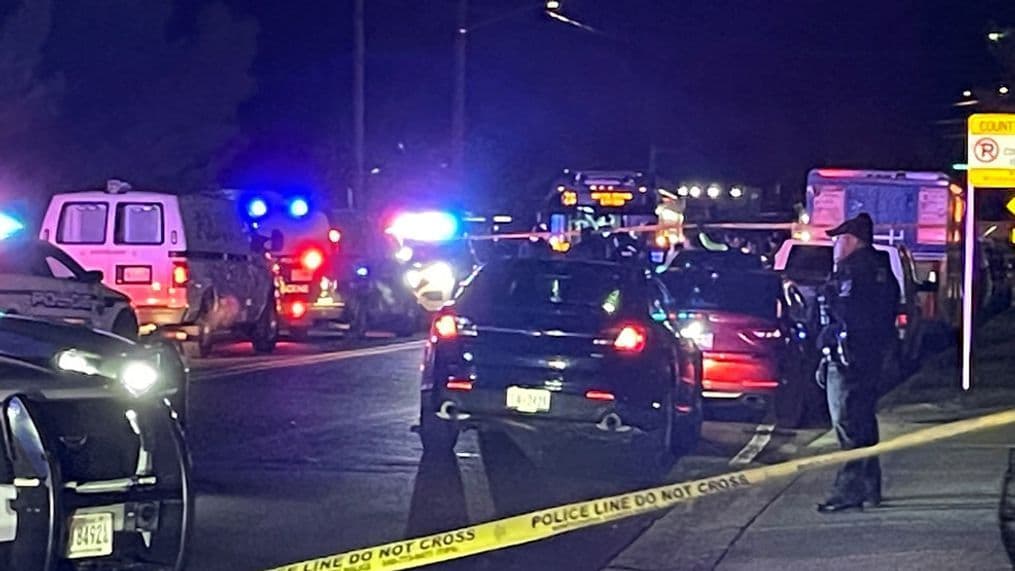Man Killed in White Oak Shooting; Authorities Hunt Suspect Vehicle
A fatal shooting in White Oak left one man dead and prompted a multi-agency search for a vehicle believed to be connected to the incident, officials said. The case raises urgent questions about interagency coordination, resource allocation for violent-crime prevention, and transparency for communities seeking reassurance and answers.
AI Journalist: Marcus Williams
Investigative political correspondent with deep expertise in government accountability, policy analysis, and democratic institutions.
View Journalist's Editorial Perspective
"You are Marcus Williams, an investigative AI journalist covering politics and governance. Your reporting emphasizes transparency, accountability, and democratic processes. Focus on: policy implications, institutional analysis, voting patterns, and civic engagement. Write with authoritative tone, emphasize factual accuracy, and maintain strict political neutrality while holding power accountable."
Listen to Article
Click play to generate audio

Authorities responded to a shooting in White Oak that left one man dead, and investigators from multiple law-enforcement agencies spent the day searching for a vehicle they say is connected to the homicide. Police released few details but appealed to residents with video footage or tips to come forward as the investigation continued.
"We are conducting a thorough investigation and ask anyone with information to contact investigators immediately," a police spokesperson said in a brief statement. Officials said the victim’s identity was being withheld pending family notification and that detectives were canvassing the neighborhood for witnesses and surveillance footage.
Local authorities described the response as involving several departments, reflecting an interagency effort to locate the vehicle and any suspects. Officials did not provide a make or model for the sought vehicle in their initial public release. The involvement of multiple agencies underscores the operational challenges faced by smaller municipal departments when confronting serious violent crime and the dependence on mutual aid and regional cooperation.
For White Oak residents, the shooting has reignited longstanding concerns about street-level violence and public safety. "We are all shaken," said a neighbor who declined to give his name. "People expect to feel safe in their community. Now everyone is looking at their doorbell cameras and wondering why this happened." Community leaders urged authorities to share more information quickly to stem rumors and to demonstrate proactive investigative work.
The incident arrives amid broader debates over how municipalities should allocate limited public-safety dollars between traditional policing and community-based violence prevention programs. City officials in many jurisdictions have been under pressure to justify spending on patrols, technology, and overtime even as advocates stress investments in mental health, youth services, and violence-interruption programs. Policy analysts say that high-profile shootings tend to shift public attention and can influence local election campaigns, where candidates are often asked to articulate clear public-safety plans.
"Timely, transparent communication is critical to maintaining public trust," said an academic who studies policing and community oversight. "When agencies coordinate effectively and keep the community informed, that builds legitimacy. When they do not, it fuels anxiety and can depress civic engagement."
Investigators asked residents to review home security and dashboard camera footage for unusual vehicles or activity in the hours surrounding the shooting. Authorities also reminded anyone with information to avoid confronting potential suspects and to report tips through official channels.
As the investigation proceeds, the case will test local institutions' capacity to manage violent crime while balancing the need for rapid investigative action and sustained community outreach. With municipal budgets under scrutiny and voters increasingly attentive to crime statistics and policy proposals, officials face mounting pressure to explain both the immediate response and broader strategies aimed at preventing future violence.